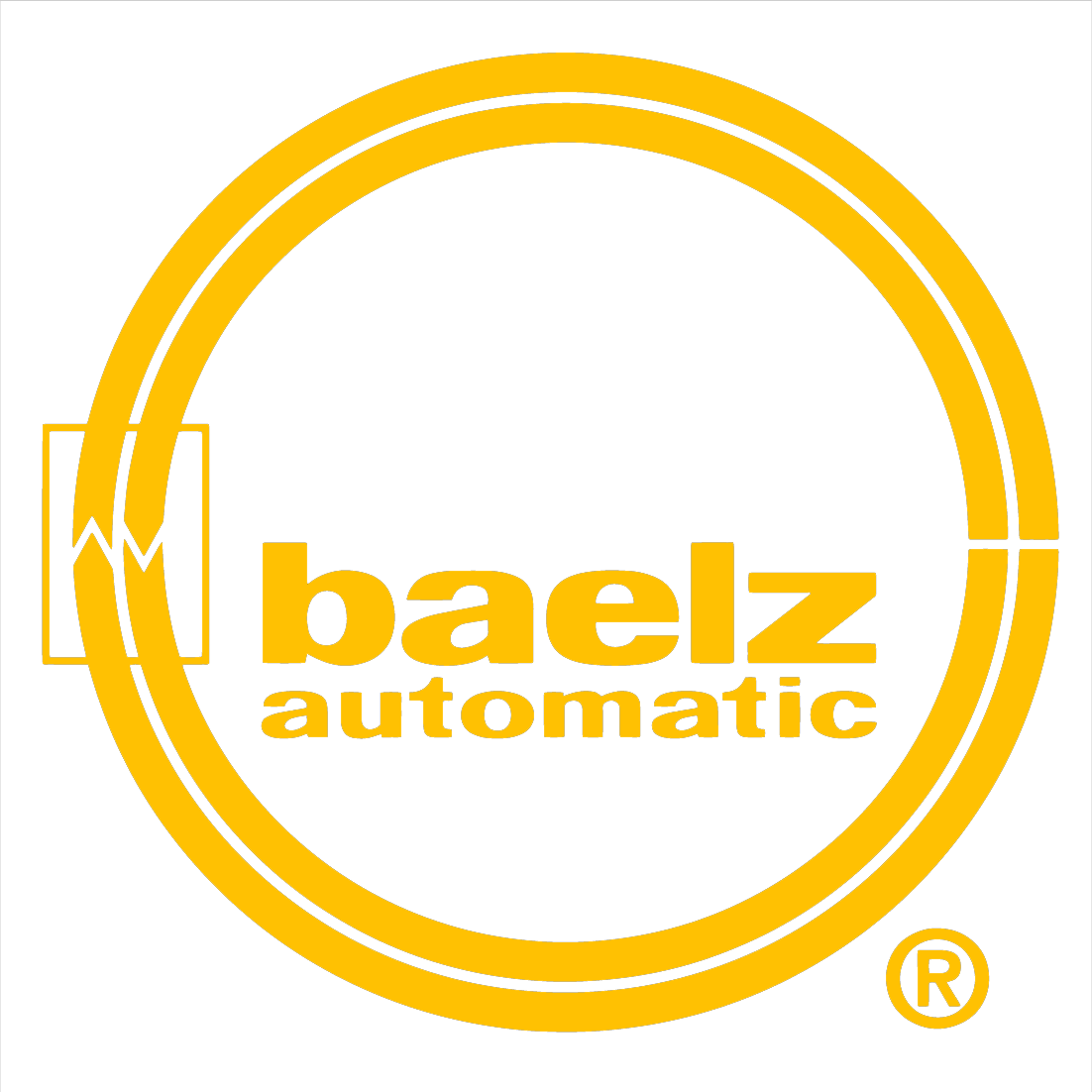Mixing and diverting valves are used to provide reliable flow and pressure control in systems by mixing or diverting fluids or gasses. Also known as 3-way control valves, they are ideal for use with hot or cold water, oil, or steam applications. They are installed in many types of industrial equipment and machinery, including engines, compressors, steam desuperheaters, and lubrication oil cooling systems.
Here, we'll take a closer look at the differences between mixing valve vs. diverting valve configurations and how they work.
What are Mixing Valves?
Mixing valves have two input ports and a single output port. The plug is positioned to allow the two media streams (e.g., water, oil, air, gasses, etc.) to enter the valve and come together before exiting from a single outlet.
A common example of a mixing valve is in regulating water temperature in HVAC applications like hotels and universities. One inlet connects to a cold water source, and the other connects to a hot water source. The plug controls how much of each is allowed in so that the mixture reaches the desired temperature at the outlet/ consumer.
What are Diverting Valves?
A diverting valve serves the opposite purpose of a mixing valve. It has one inlet port and two outlet ports, splitting the incoming flow stream into two outgoing flow streams. In this configuration, the actuator moves the plug to close one of the outlets, forcing the media through the other one.
One example is a thermal heating fluid to heat or cool a system. When the desired heat or cooling of the media is achieved, the diverting valve will “bypass” through the appropriate port. Then the heating or cooling application is diverted away from the system being controlled.
In addition, diverting control valves allow materials to be processed separately. These diverting valves can also prevent incompatible substances from mixing on a process.
Comparing Mixing and Diverting Valves
At its simplest, the primary difference between mixing and diverting service is the position of the plug. In mixing valves, the plug is held away from the end position (or modulates) to allow media from both inlets to mix. For a diverting valve, the plug is pushed to the end position to shut off or block one of the outlet ports.
Both types of 3-way control valves are designed to withstand high operating pressures and extreme temperature ranges. However, generally speaking, mixing valves can be used for media with high pressure differentials. They can also be operated with either pneumatic or electric actuators. In contrast, diverting valves are best suited to media with low pressure differentials (up to about 8.7 psi) and are controlled using electric (rather than pneumatic) actuators. If the pressure differential is too high it can cause the plug in the diverting valve to be forced against the seat and hammer. As an option, we can offer a balanced plug that does allow for higher differential pressures for diverting valves.
Regarding the flow direction, it is important to ensure mixing and diverting valves are piped and tagged correctly.
Contact Baelz NA for 3-Way Control Valves
Baelz NA provides a line of 3-way control valves for a range of industrial uses. We also supply actuators, control equipment, temperature control components, ejectors, and parts for use in many heating and cooling, steam, hot water, and thermal oil applications.
Contact us to learn more or request a quote today.
